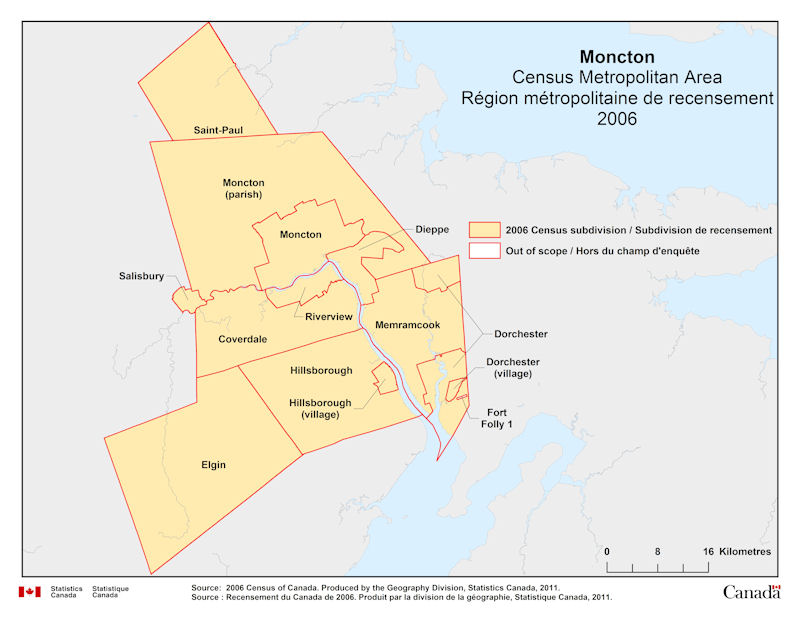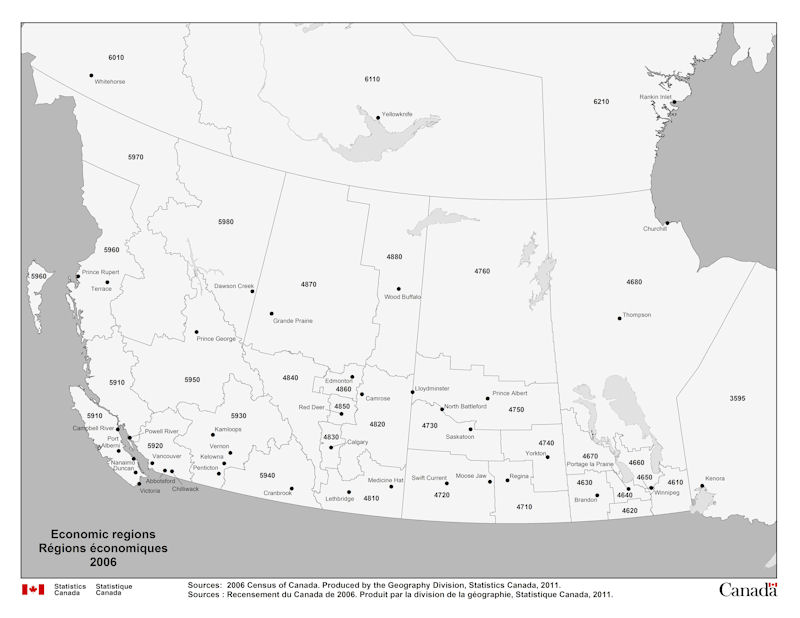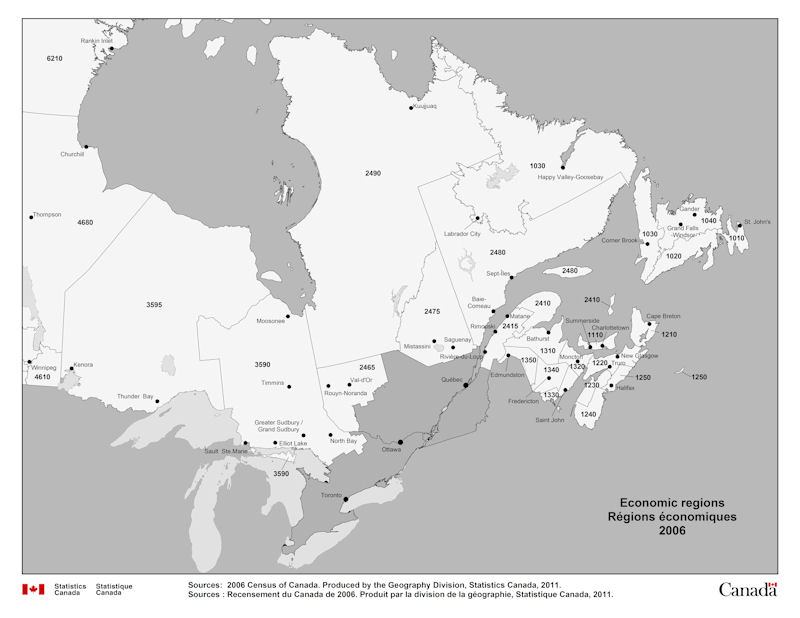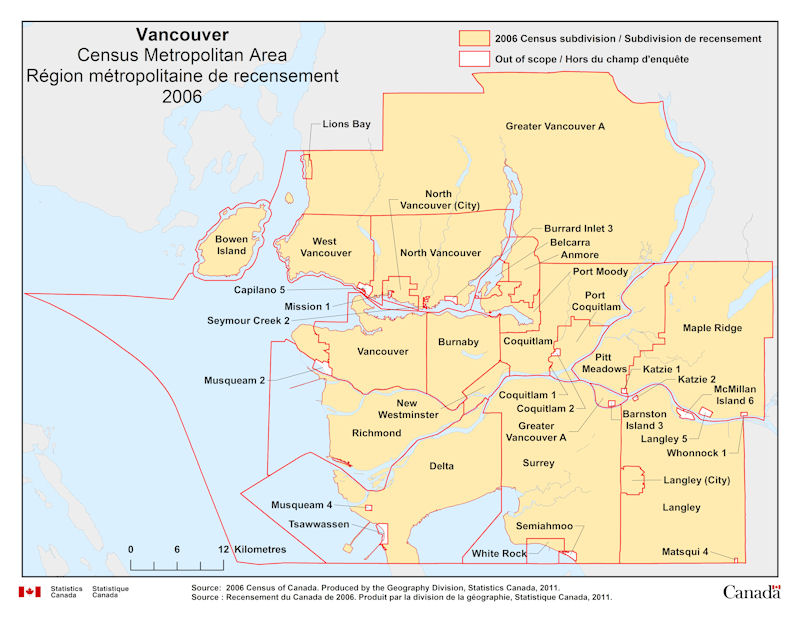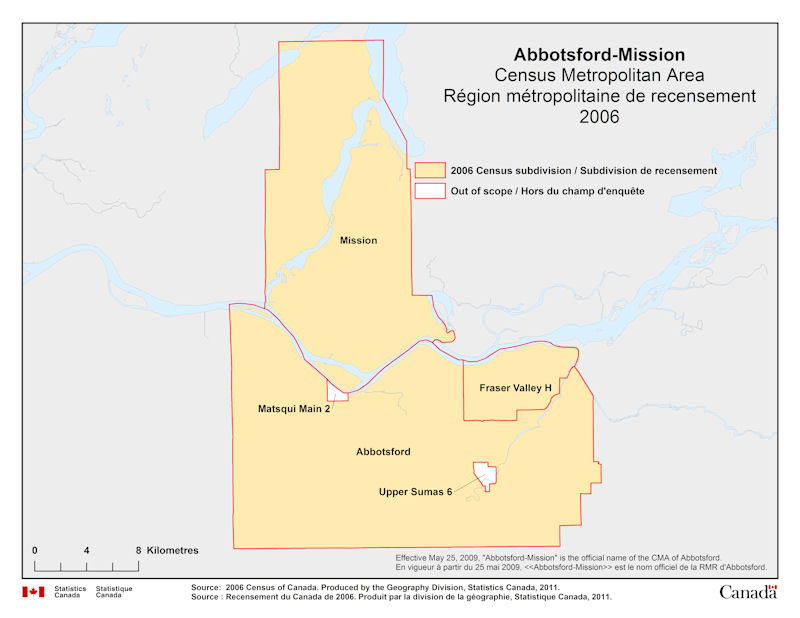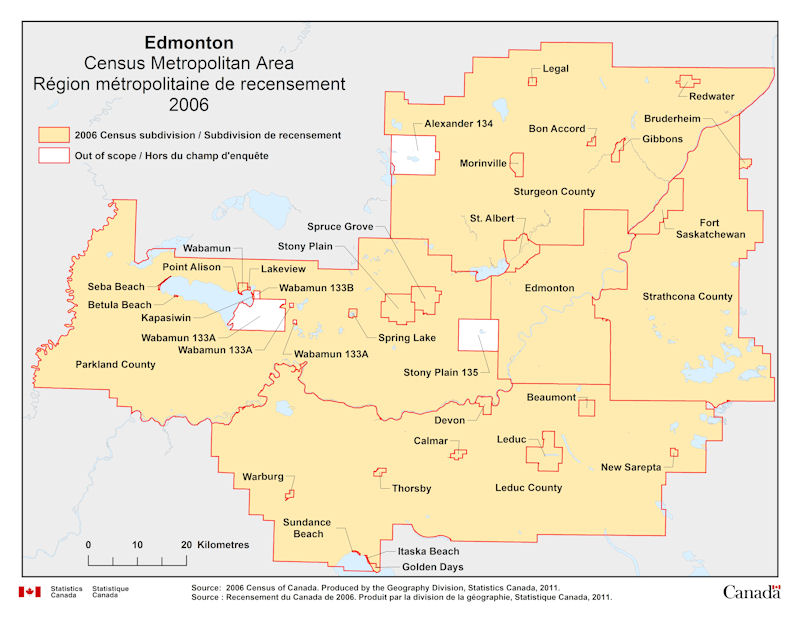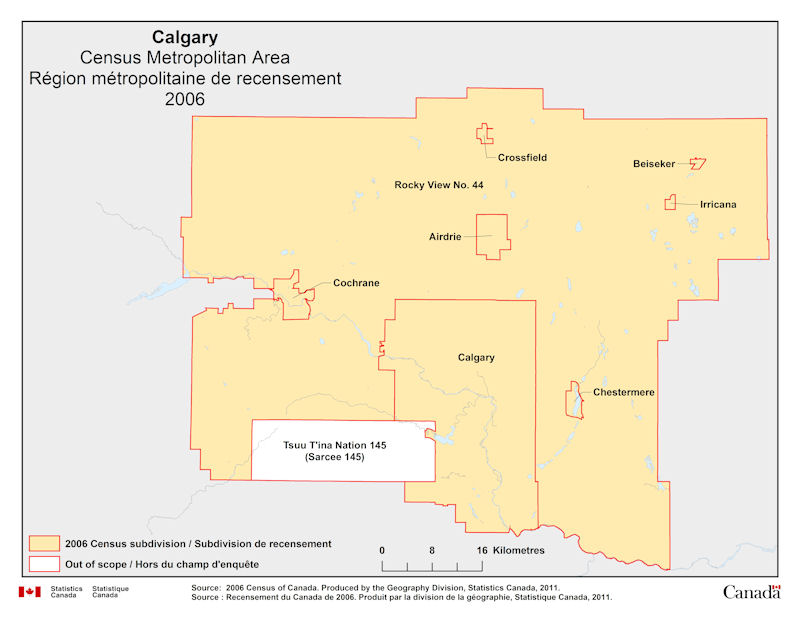Geographical map of 2006 Census Metropolitan Area of Peterborough, Ontario

Geographical map of 2006 Census Metropolitan Area of Peterborough, Ontario. The following Census subdivisions and Out of scope are listed within this region:
Census subdivisions: Cavan-Millbrook-North Monaghan, Douro-Dummer, Otonabee-South Monaghan, Peterborough, Smith-Ennismore-Lakefield.
Out of scope: Curve Lake First Nation 35, Hiawatha First Nation.
Source: 2006 Census of Canada. Produced by the Geography Division, Statistics Canada, 2011.
